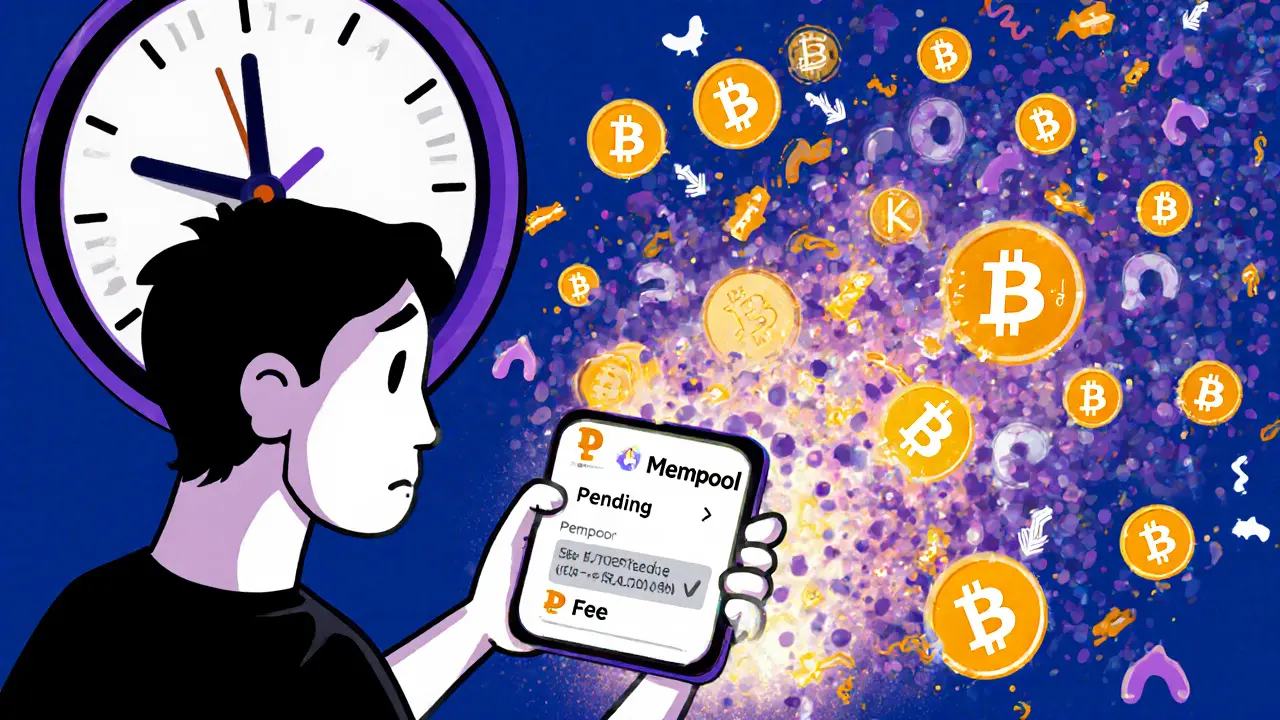Crypto Transaction Costs: What You Really Pay and How to Cut Them
When you send crypto, you’re not just moving coins—you’re paying for space on a blockchain. This is called a crypto transaction cost, the fee paid to miners or validators to process and confirm your transaction on a blockchain network. Also known as gas fees, these charges aren’t optional—they’re how the network stays secure and functional. Whether you’re swapping tokens on a DEX, staking, or just sending Bitcoin, someone always gets paid to make it happen.
Not all crypto transaction costs are the same. On Ethereum, fees spike when everyone’s trading at once—like during a big NFT drop or airdrop. That’s network congestion, a condition where too many users compete for limited block space, driving up prices. But on chains like Solana or BNB Chain, fees stay low even during high traffic because they process transactions faster. Meanwhile, crypto exchange fees, the charges platforms like VirgoCX or COEXSTAR add on top of network fees for buying, selling, or withdrawing crypto can double your cost if you’re not careful. Some exchanges hide these in small print, while others charge flat rates or free e-Transfers. You’re paying twice: once to the network, once to the middleman.
Here’s the real problem: most people don’t check these costs until they’re shocked by a $50 fee on a $200 trade. That’s why knowing when and where to transact matters more than timing the market. If you’re doing a small swap, wait for off-peak hours. Use layer-2 solutions like Polygon or Arbitrum to slash Ethereum fees by 90%. If you’re holding long-term, batch your sends—don’t make 10 tiny transfers. And always check the fee preview before hitting confirm. It’s not magic—it’s just paying attention.
Behind every cheap transaction is a trade-off: slower speeds, less security, or fewer supported tokens. That’s why you’ll see posts here about exchanges like Ethfinex that keep fees low but lack mobile apps, or platforms like Wavelength that don’t even exist. Some airdrops—like the BUTTER or GMPD campaigns—require you to pay gas just to claim free tokens. Others, like MCASH or SPAT, only work on specific chains where fees are predictable. You’re not just choosing a coin—you’re choosing a cost structure.
What you’ll find below isn’t a list of the cheapest networks. It’s a collection of real stories—how Pakistan bypassed banking fees using USDT, why Kazakhstan’s energy crisis changed mining costs, how quantum-resistant crypto might reshape future fees, and why some exchanges disappeared after users got burned by hidden charges. These aren’t theory pieces. They’re lessons from people who paid too much, got scammed, or figured out how to win.
